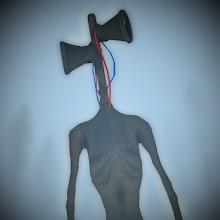The best FreeSync gaming monitors are essential for syncing your monitor's refresh rate with your compatible graphics card, which significantly reduces input latency, screen tearing, and stuttering. AMD's graphics cards, such as the Radeon RX 7800 XT, are known for delivering high frame rates, even at 1440p. The next generation of AMD GPUs, including the RX 5070 and RX 5070 XT, are set to release this March, although specific dates and prices are yet to be announced.
To match the performance of these powerful graphics cards, you need a monitor equipped with the right technology. Our top recommendation is the Gigabyte Aorus FO32U, a high-performance gaming monitor that offers excellent value. However, if you're looking for other options, we've compiled a list of outstanding FreeSync gaming monitors that cater to various needs and budgets.
TL;DR – These Are the Best FreeSync Gaming Monitors:
 ### Gigabyte Aorus FO32U2
### Gigabyte Aorus FO32U2
0See it at Amazon ### Lenovo Legion R27fc-30
### Lenovo Legion R27fc-30
0See it at AmazonSee it at Lenovo ### LG UltraGear 27GN950-B
### LG UltraGear 27GN950-B
0See it at Amazon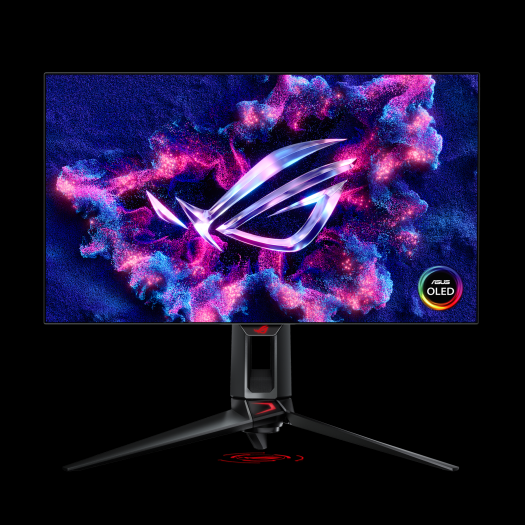 ### Asus ROG Swift PG27AQDP
### Asus ROG Swift PG27AQDP
0See it at AmazonSee it at Newegg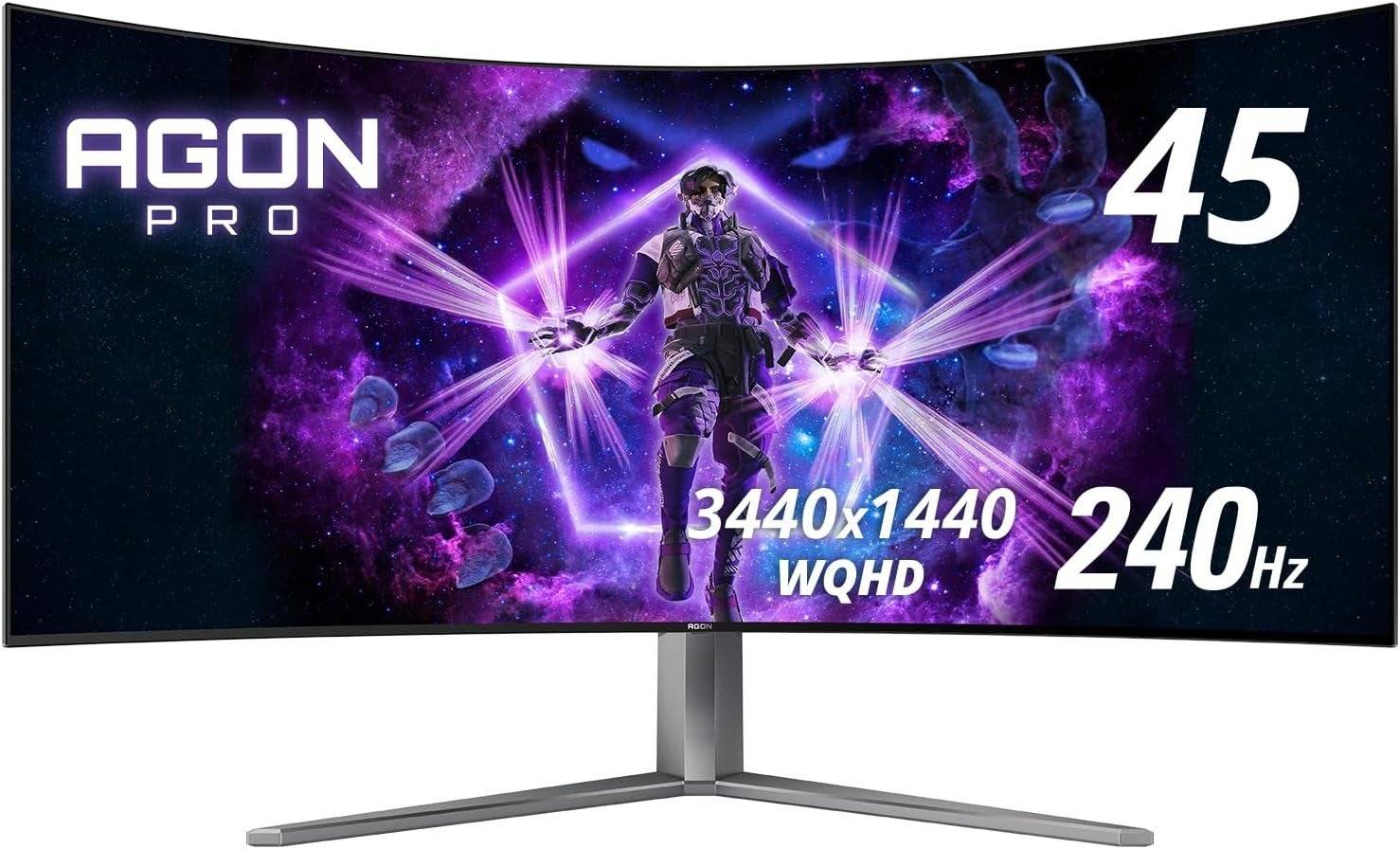 ### AOC Agon Pro AG456UCZD
### AOC Agon Pro AG456UCZD
0See it at Amazon
All the best gaming monitors should support FreeSync, ensuring a seamless gaming experience. If you're unsure about which monitor to choose, our list will guide you to the right options. Gaming PCs demand the best hardware and peripherals, and the monitor you choose plays a critical role in your setup.
Additionally, if you own an Xbox Series X or PlayStation 5, some of these monitors can also serve as excellent screens for your consoles.
Additional contributions by Kevin Lee, Georgie Peru, and Danielle Abraham.
Gigabyte Aorus FO32U2 Pro – Photos
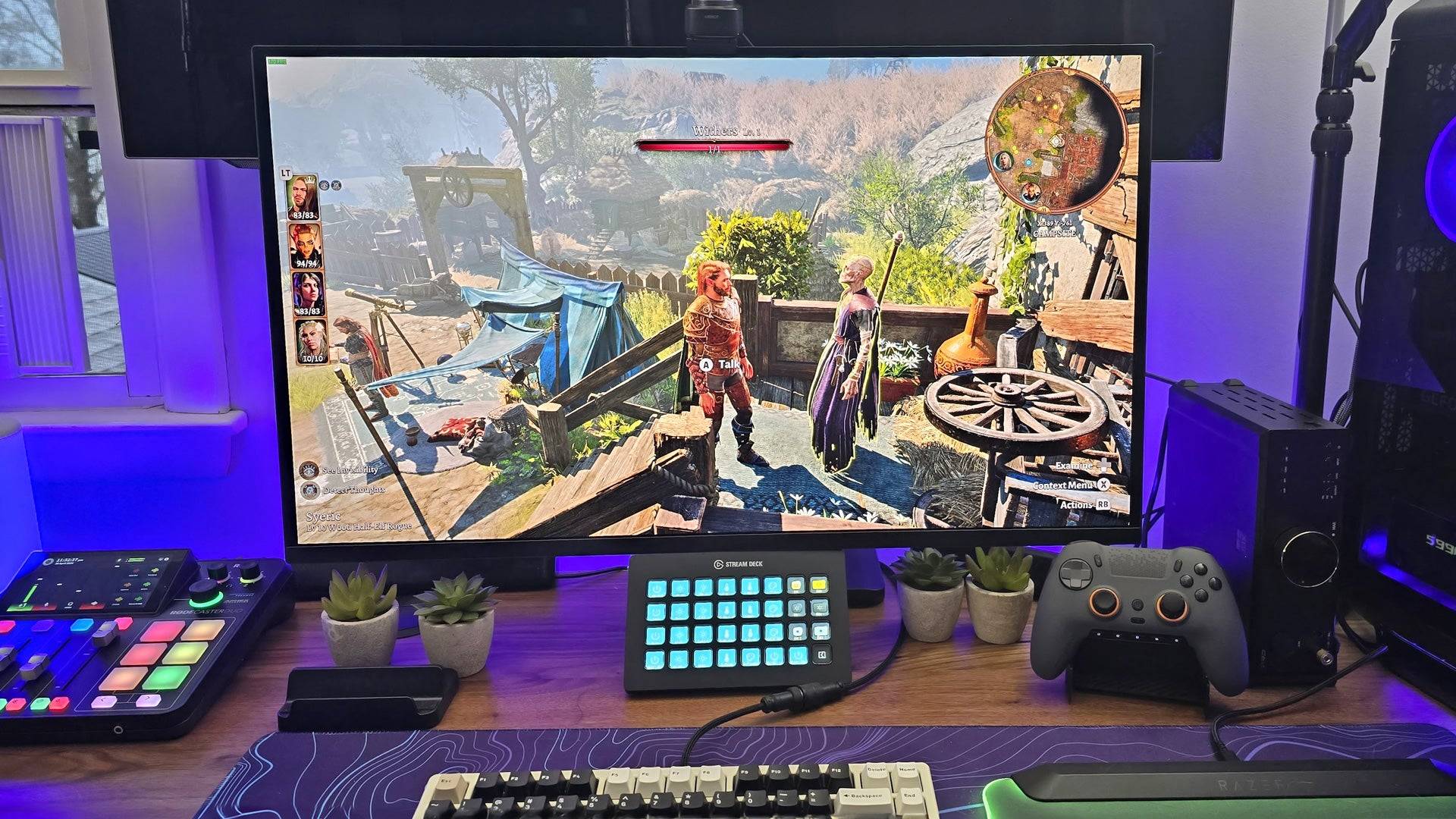
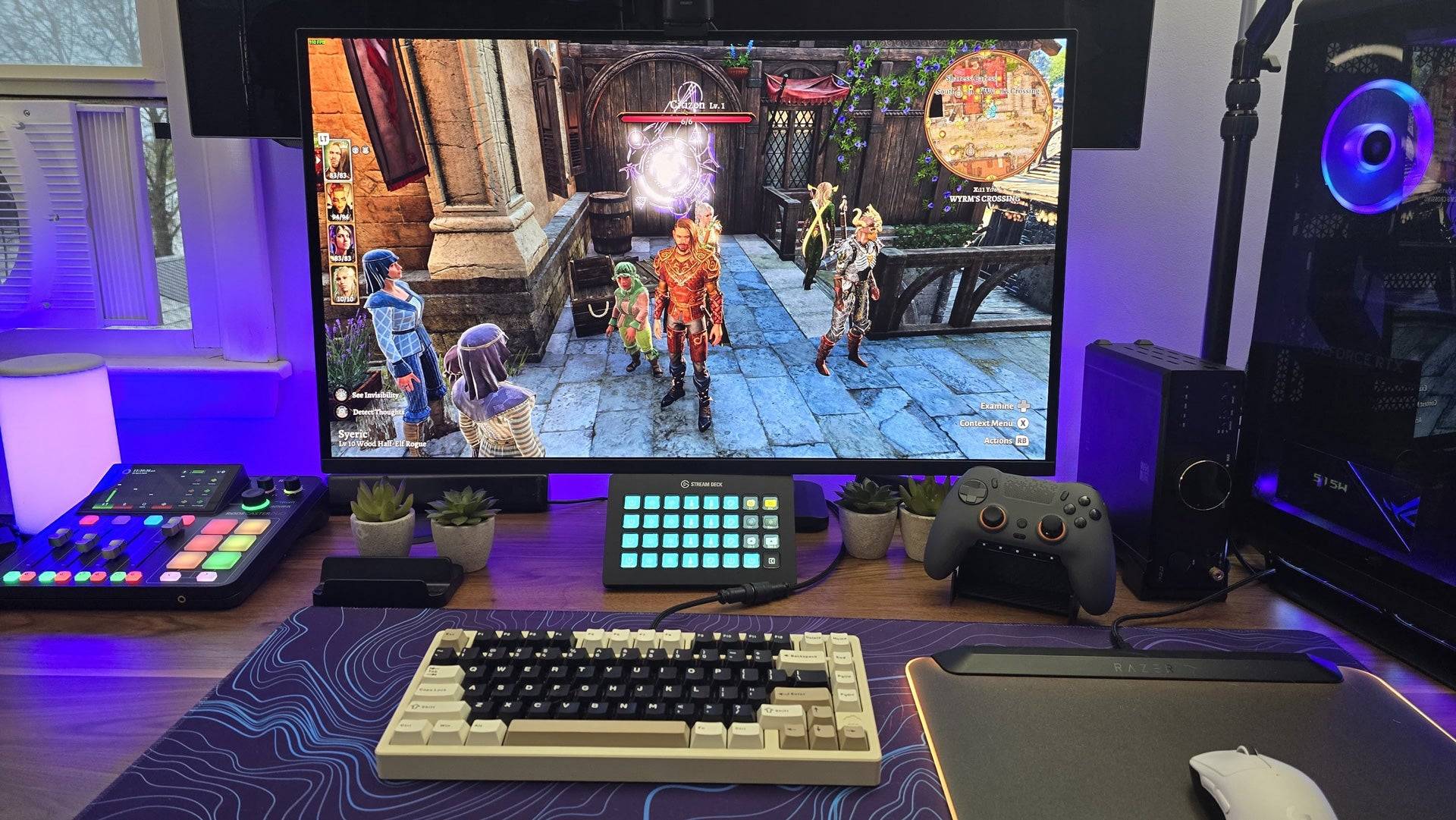 13 Images
13 Images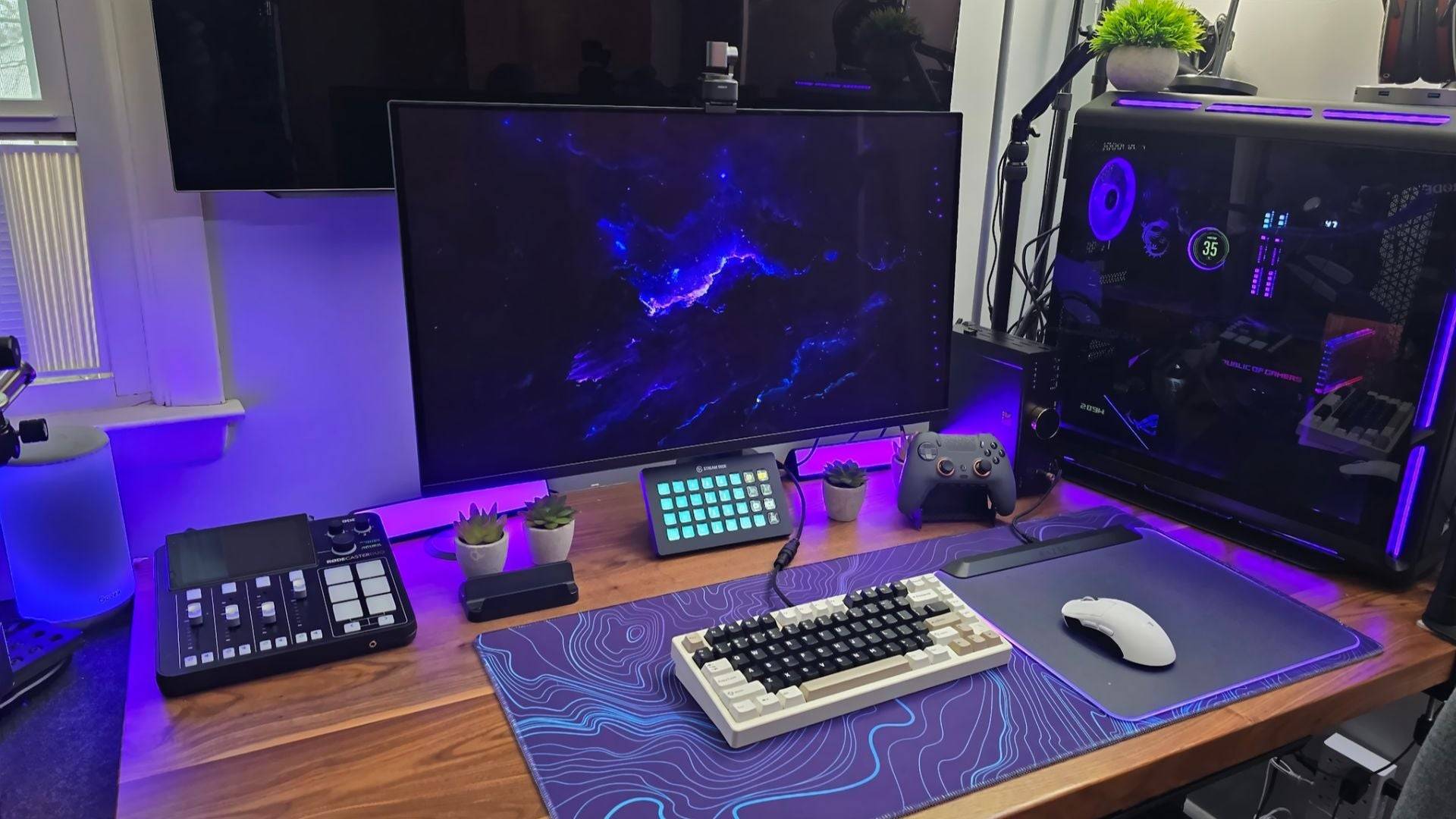
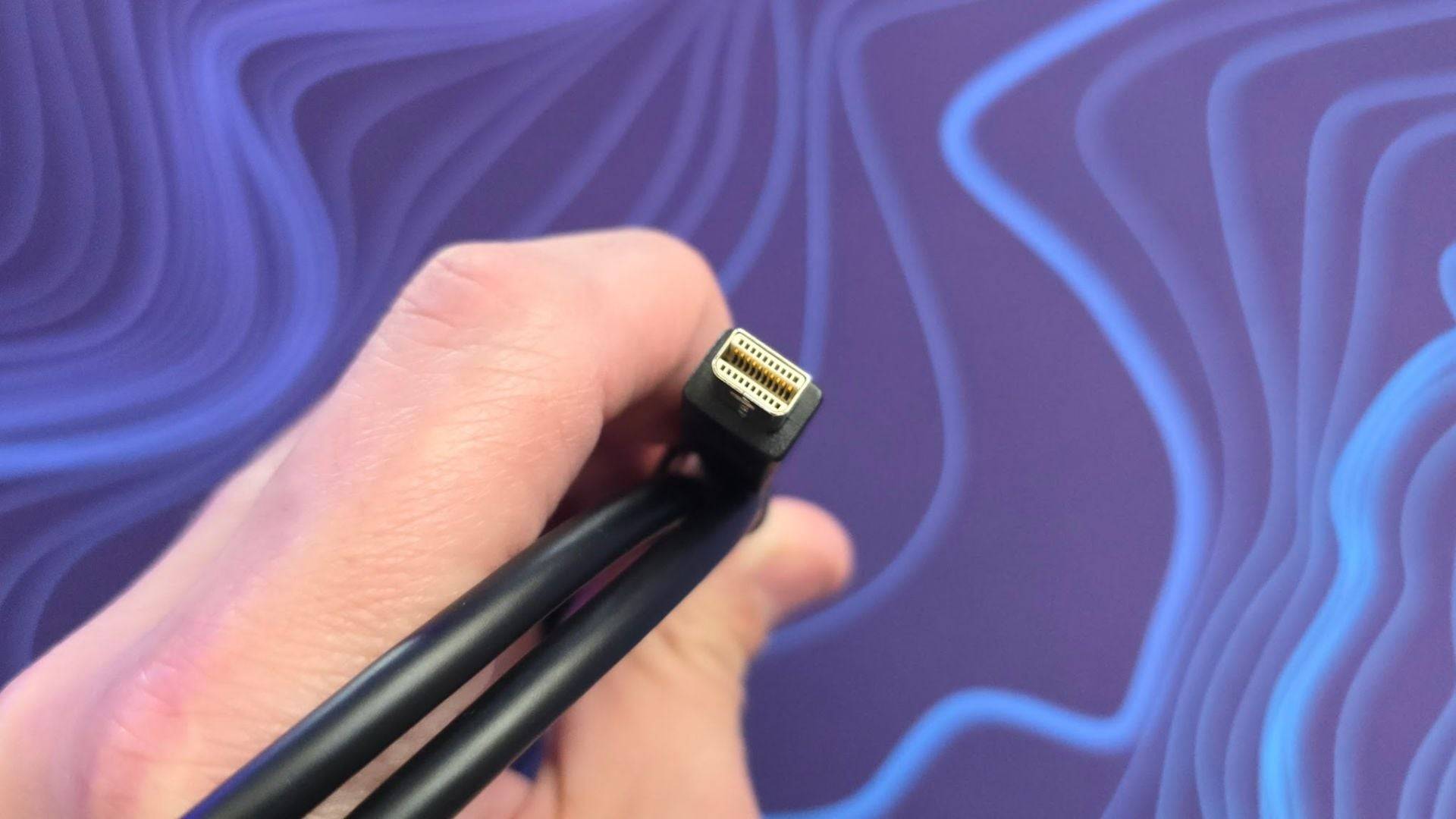

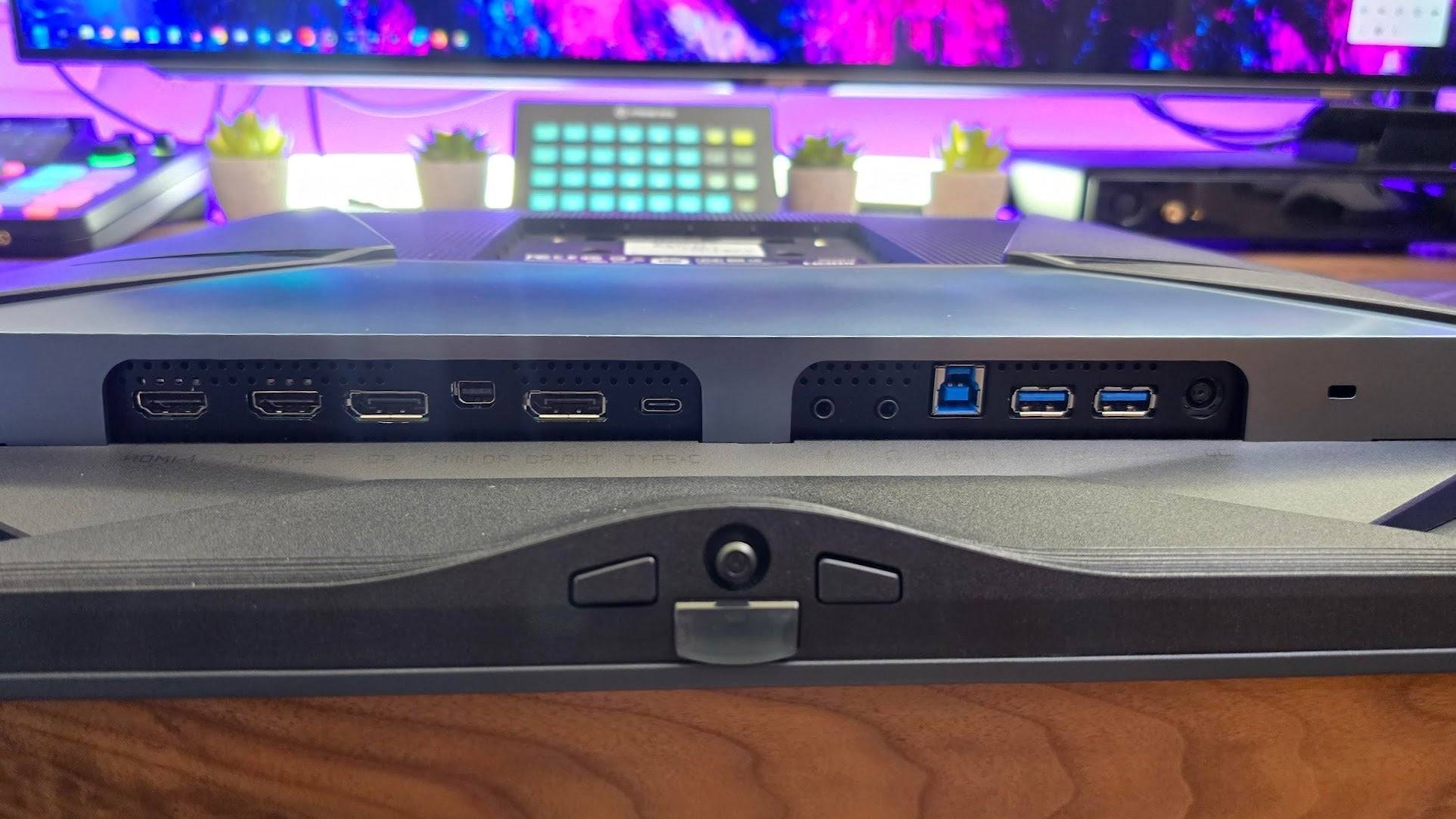
1. Gigabyte FO32U2
Best FreeSync Gaming Monitor
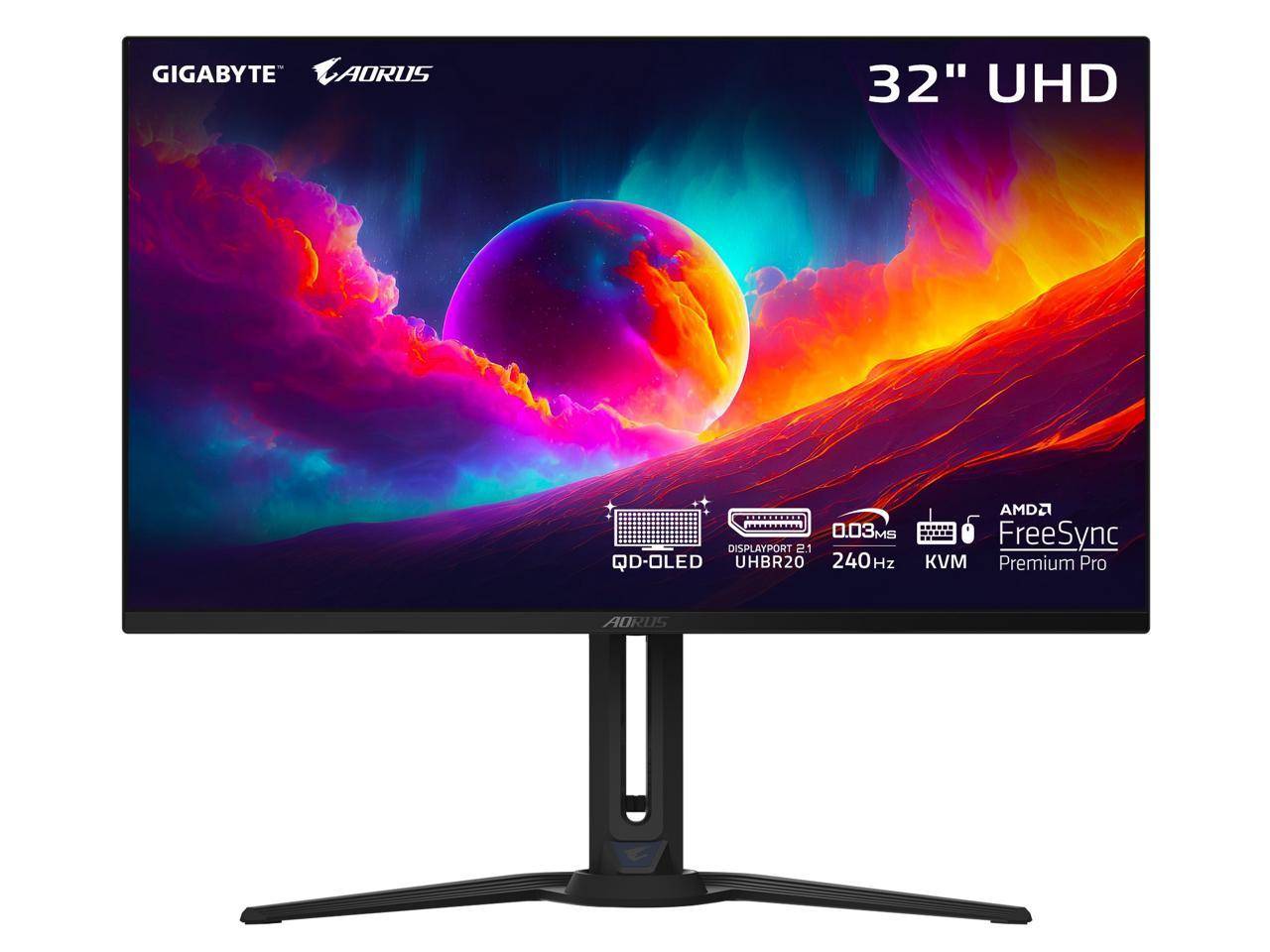 ### Gigabyte FO32U2 Pro
### Gigabyte FO32U2 Pro
15This stunning monitor excels in every aspect, thanks to its comprehensive features and OLED panel.
See it at Amazon
Product Specifications
Aspect Ratio: 16:9
Screen Size: 31.5”
Resolution: 3,840 x 2,160
Panel Type: QD-OLED
Brightness: 1,000 cd/m²
Max Refresh Rate: 240Hz
Response Time: 0.03ms
Inputs: 2 x HDMI 2.1, 1 x DisplayPort 1.4, 1 x USB Type-C, 2 x USB 3.2 Type-A
PROS
- Outstanding 4K resolution with vivid colors
- Excellent performance
- High peak brightness
CONS
- Calibration needs tweaking initially
The Gigabyte FO32U2 stands out as the best AMD FreeSync monitor of 2025. I reviewed it last year and was impressed by its performance. It comes in two versions: the standard model, which I recommend here, and the Pro model with DisplayPort 2.1 support for future-proofing. The monitor offers an exceptional gaming experience with its beautiful QD-OLED display. Recent price cuts have made it an even better value, making it one of the most affordable OLED gaming monitors on the market. Don't miss out on this gem.
As someone who regularly reviews cutting-edge gaming monitors, the Gigabyte FO32U2 is the one I chose for my personal setup. Its brightness and vivid colors set it apart, even in SDR mode. While it faced stiff competition a year ago, the non-Pro version now costs well under $1,000, making it a fantastic choice that I confidently recommend to friends.
Though it's not the brightest QD-OLED monitor available, reaching 1,000 nits in highlights, you won't notice a significant difference from monitors reaching 1,300 nits in real-world gaming scenarios. Its motion clarity is outstanding due to the rapid OLED panel and 240Hz refresh rate, making it ideal for competitive gaming.
The Gigabyte FO32U2 strikes the perfect balance between price and performance, making it an unbeatable choice for your gaming setup.
2. Lenovo Legion R27fc-30
Best Budget FreeSync Gaming Monitor
 ### Lenovo Legion R27fc-30
### Lenovo Legion R27fc-30
0This large-and-in-charge monitor offers a rapid refresh rate and FreeSync Premium at a budget-friendly price.
See it at LenovoSee it at Amazon
Product Specifications
Screen size: 27"
Aspect ratio: 16:9
Resolution: 1,920 x 1,080
Panel type: VA
FreeSync Premium
Brightness: 350 cd/m²
Refresh rate: 280Hz
Response time: 0.5ms
Inputs: 2 x HDMI 2.1, 1 x DisplayPort 1.4
PROS
- FreeSync Premium support
- Ridiculously high refresh rate for the price
- HDMI 2.1 support for consoles
CONS
- Limited peak brightness
Priced just under $200, the Lenovo Legion R27fc-30 is an excellent choice for both AMD and Intel users. It boasts a 1080p resolution on its 27-inch panel, delivering crisp visuals. The impressive 280Hz maximum refresh rate provides unparalleled motion clarity at this price point, making it perfect for competitive gaming without breaking the bank.
This monitor also features HDMI 2.1 support for easy console connectivity and a curved panel with a 1500R curvature for immersive gameplay without text distortion. Its VA panel enhances image quality with better contrast and deeper blacks, making it a great value that impressed me during testing.
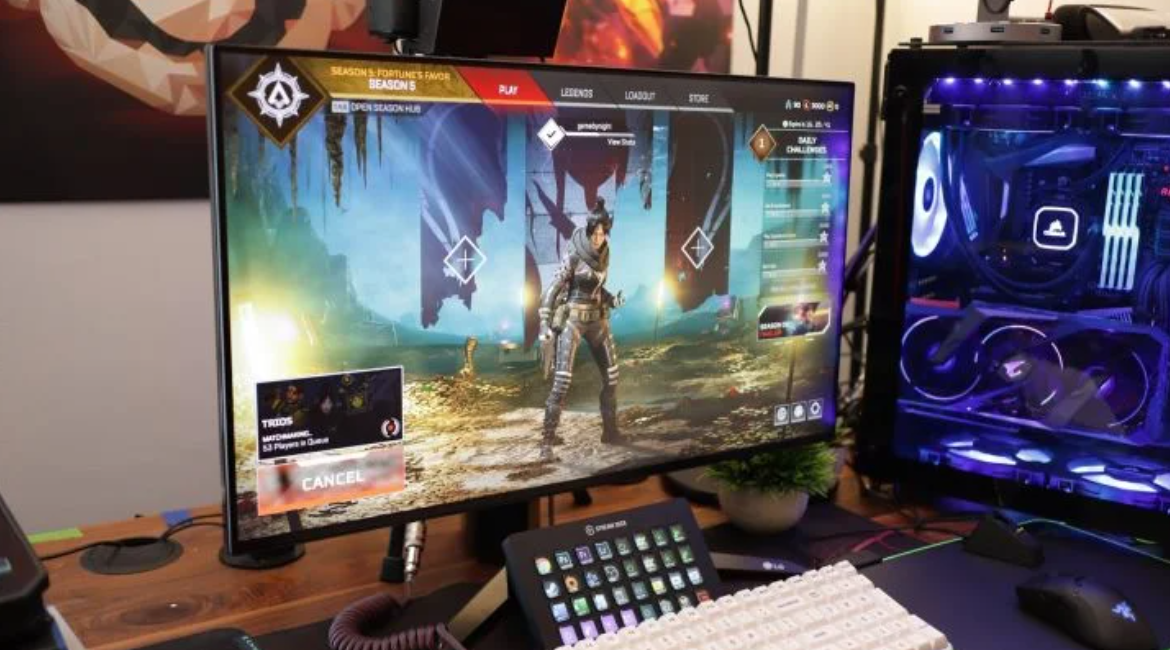
3. LG UltraGear 27GN950-B
Best 4K FreeSync Gaming Monitor
 ### LG UltraGear 27GN950-B
### LG UltraGear 27GN950-B
0This 4K monitor with FreeSync Premium Pro offers a 144Hz refresh rate and HDR support for smooth action and vibrant visuals.
See it at Amazon
Product Specifications
Screen size: 27"
Aspect ratio: 16:9
Resolution: 3,840 x 2,160
Panel type: IPS
FreeSync Premium Pro, G-Sync Compatible
Brightness: 600 cd/m²
Refresh rate: 144Hz
Response time: 1ms
Inputs: 2 x HDMI 2.0, 1 x DisplayPort 1.4
PROS
- FreeSync Premium Pro support for HDR gaming
- Wide color gamut support
CONS
- Poor contrast ratio
For 4K gaming, the LG UltraGear 27GN950-B is my top pick, and it comes with FreeSync support. It features FreeSync Premium Pro, which ensures smooth HDR gaming without tearing, stutters, or latency. The IPS panel covers 98% of the DCI-P3 color space and achieves high brightness levels, making the most of HDR10 content and games.
The 4K resolution on the 27-inch panel provides sharp visuals, and the 144Hz refresh rate ensures you don't sacrifice speed for resolution. FreeSync steps in to maintain smooth gameplay even if you can't always hit the full 144Hz at 4K.
Asus ROG Swift OLED PG27AQDP – Photos
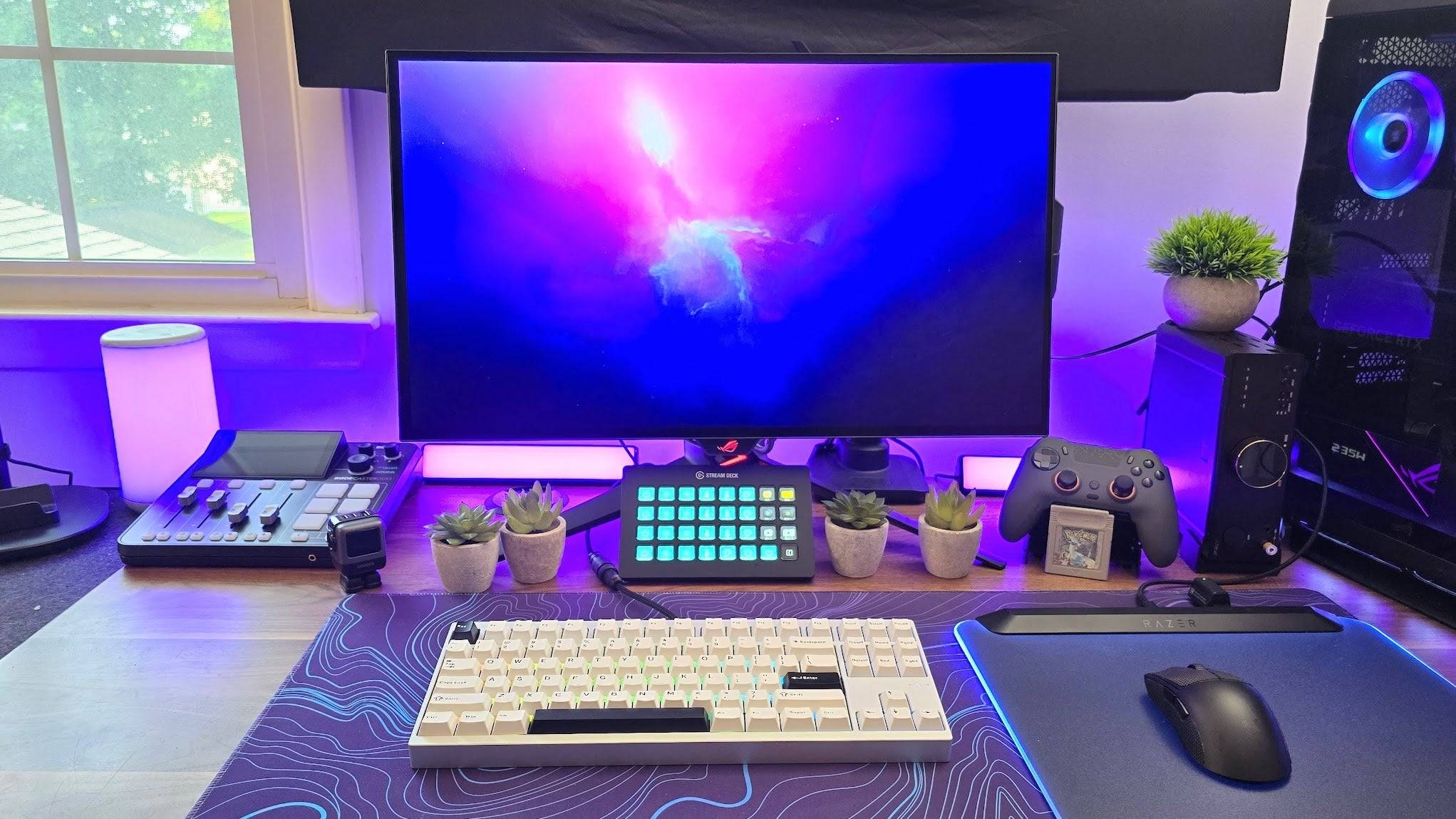
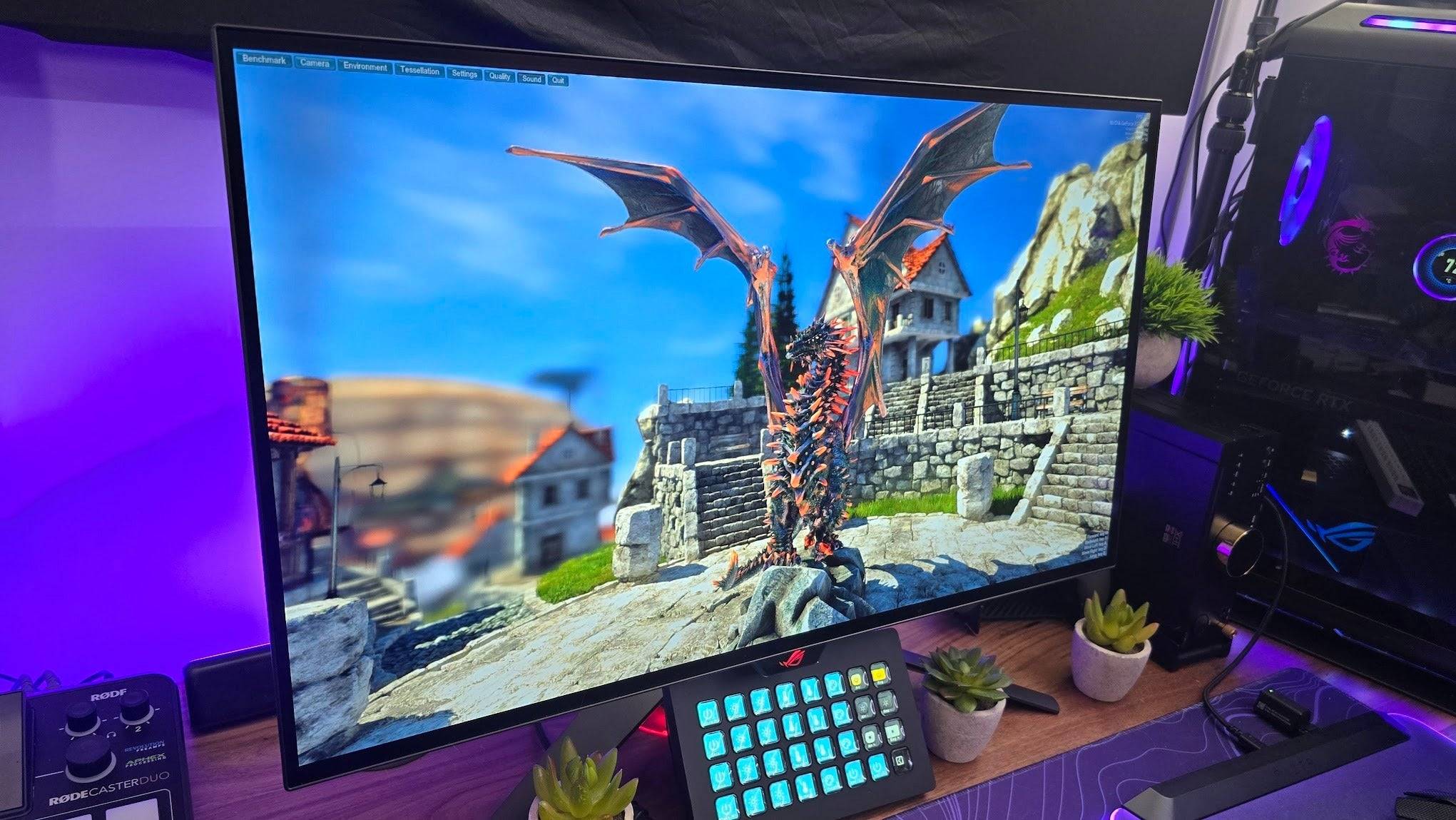 19 Images
19 Images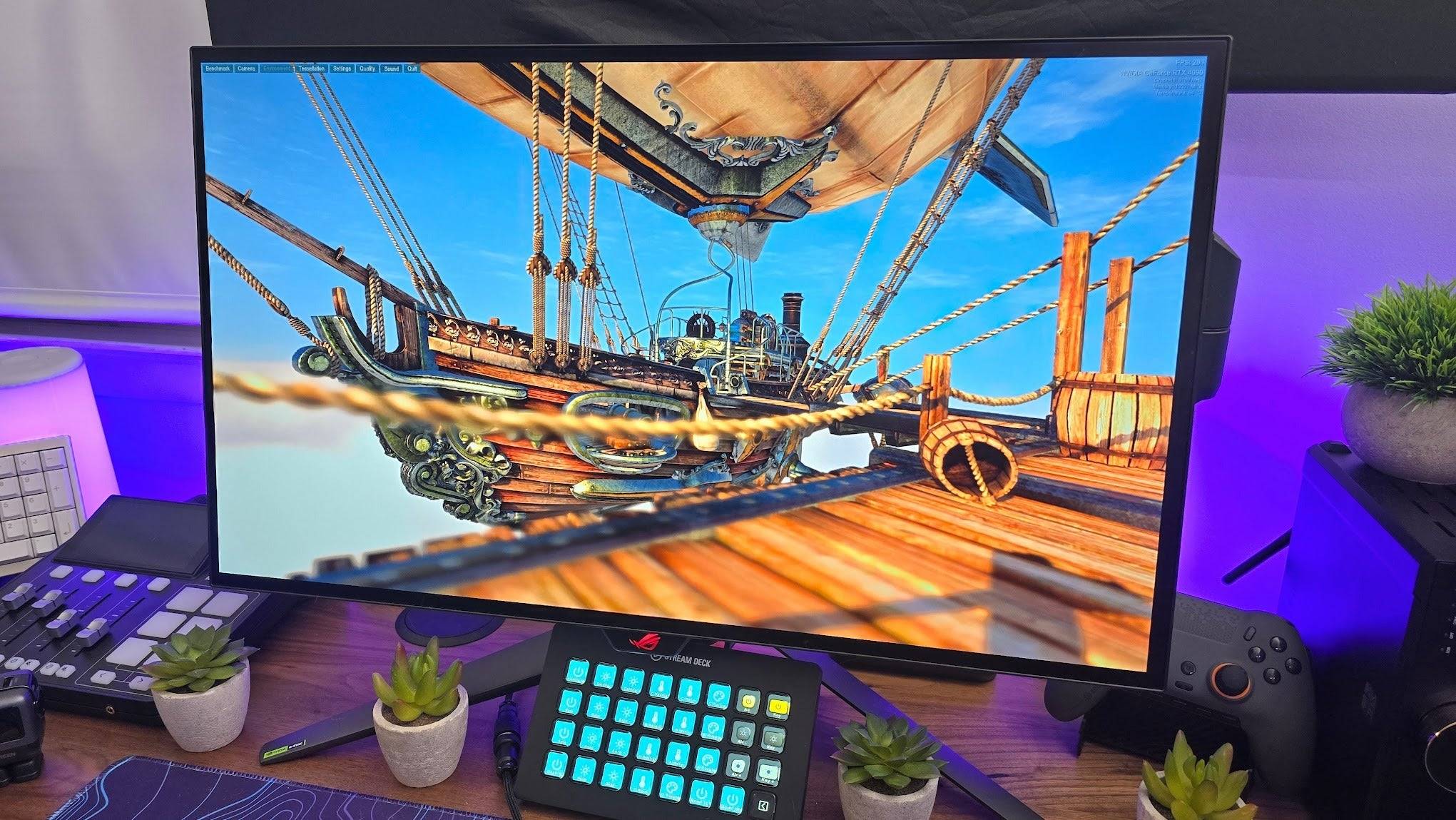
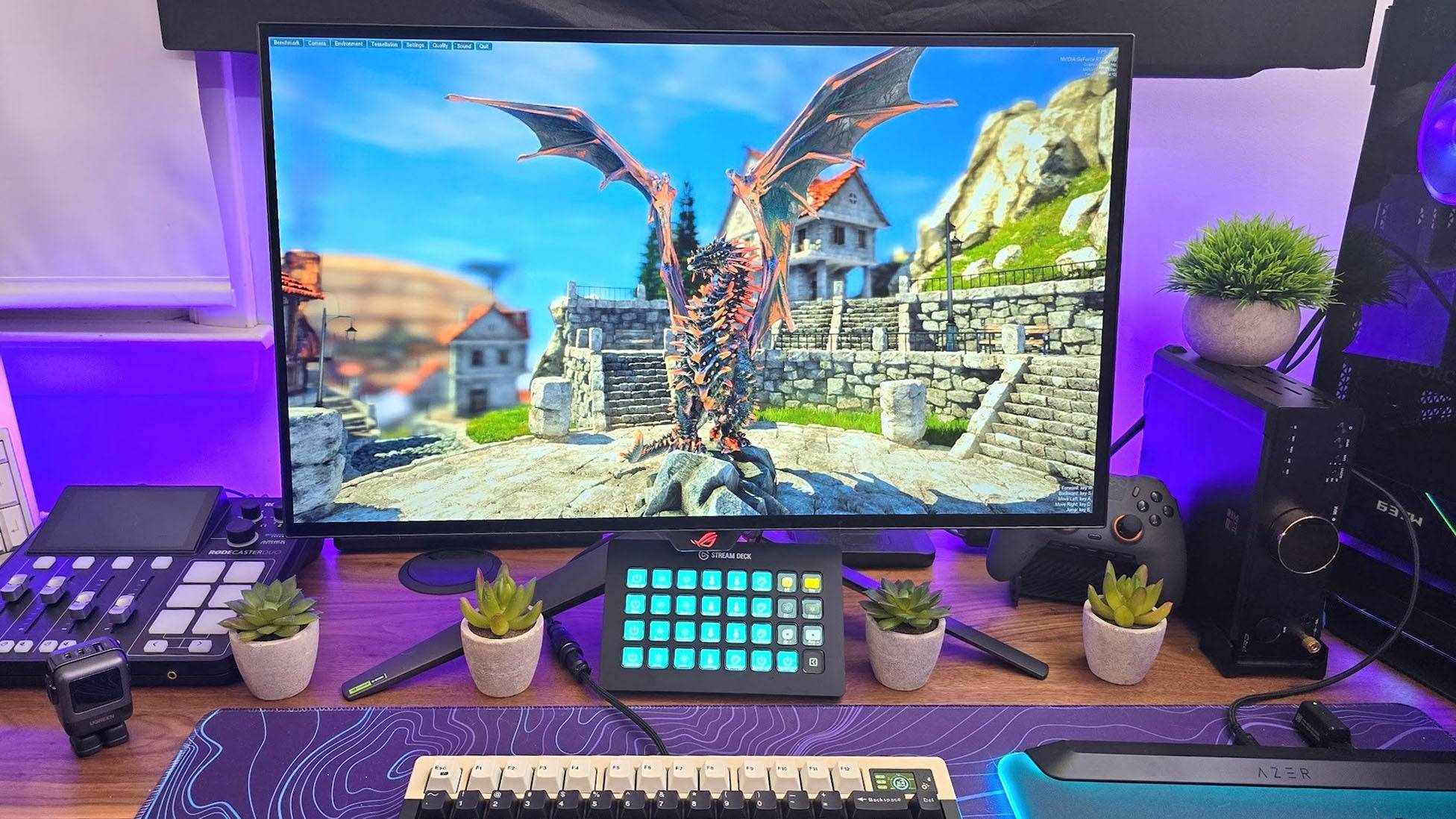
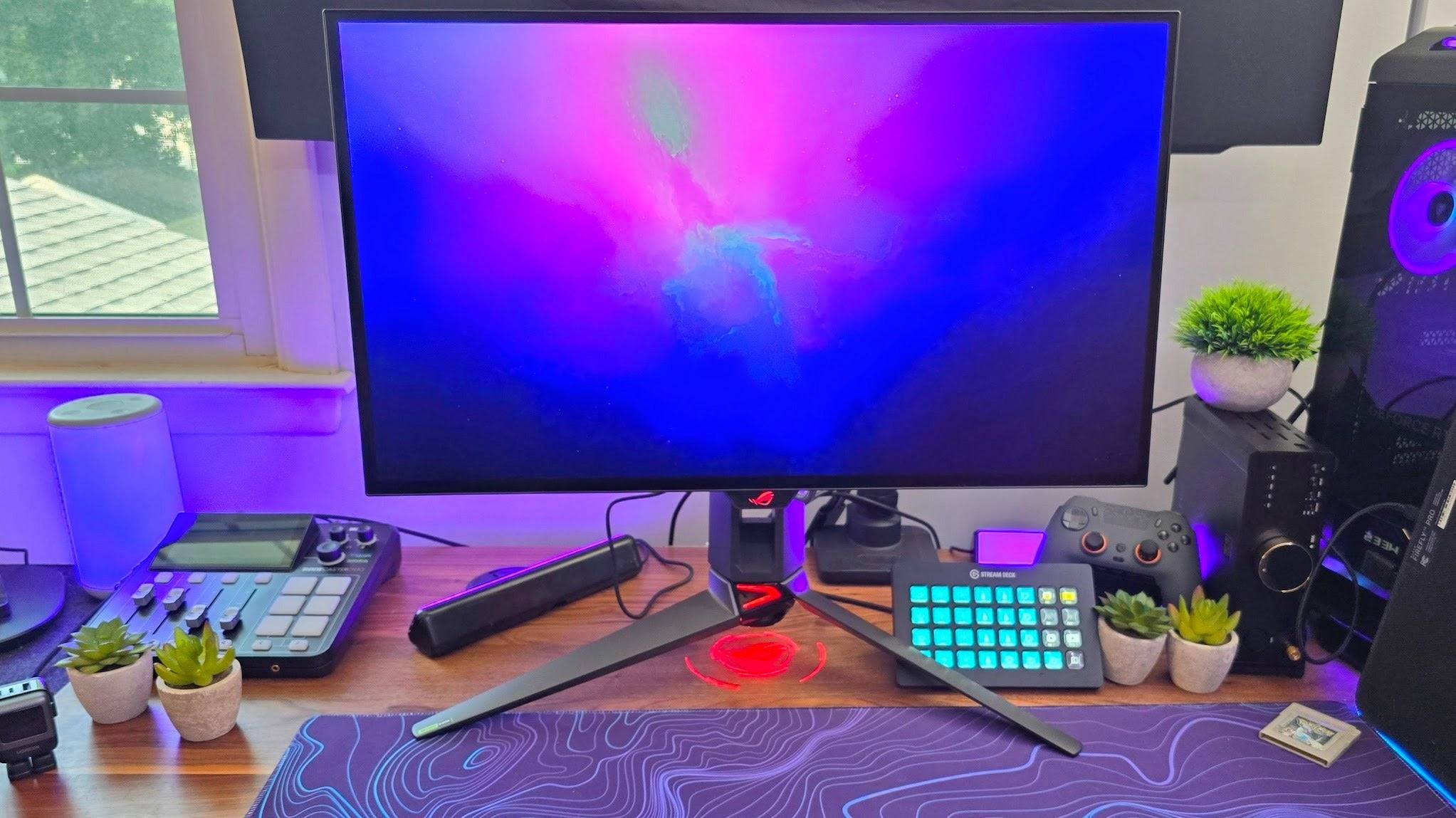
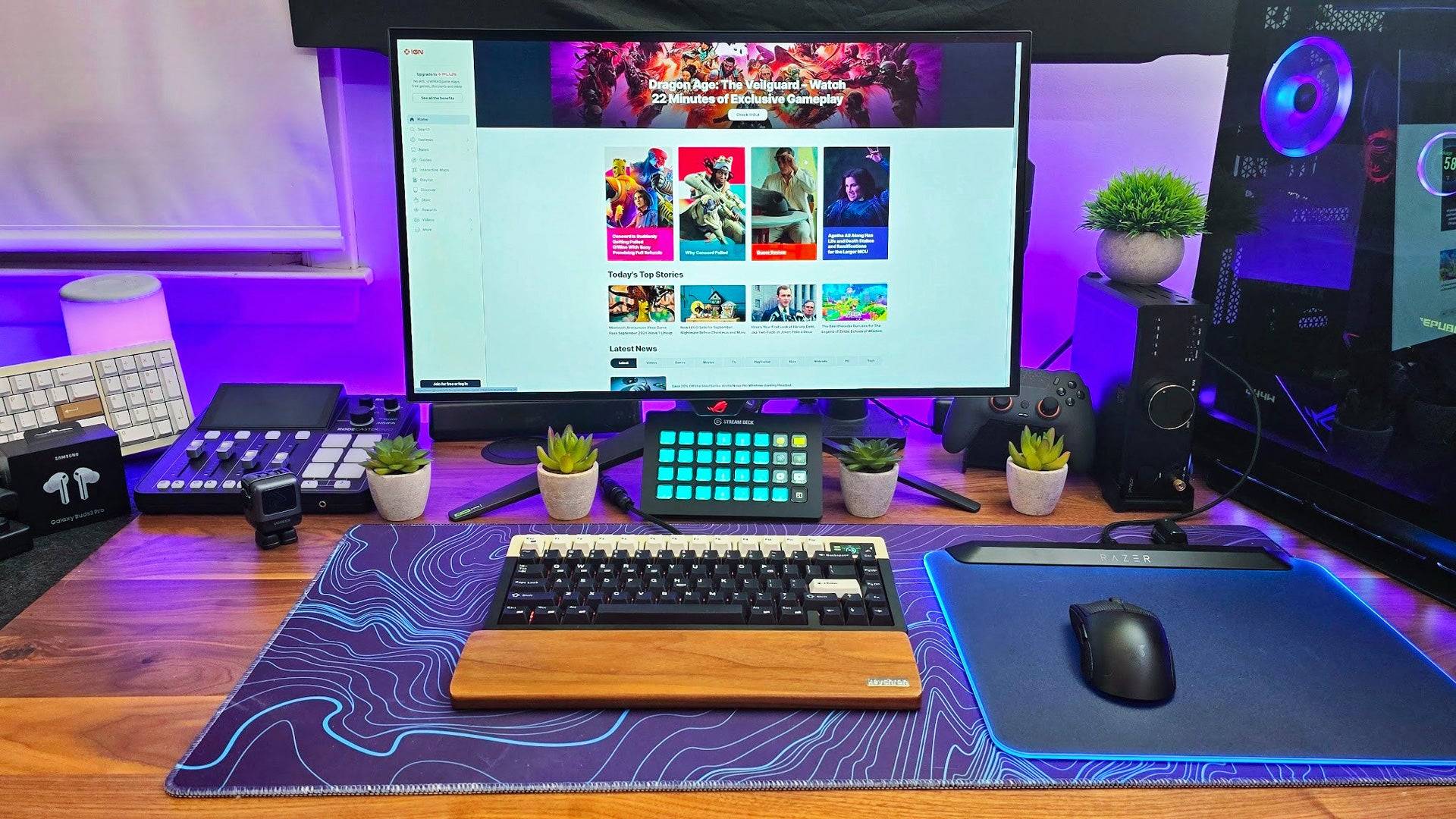
4. Asus ROG Swift PG27AQDP
Best 1440p FreeSync Monitor
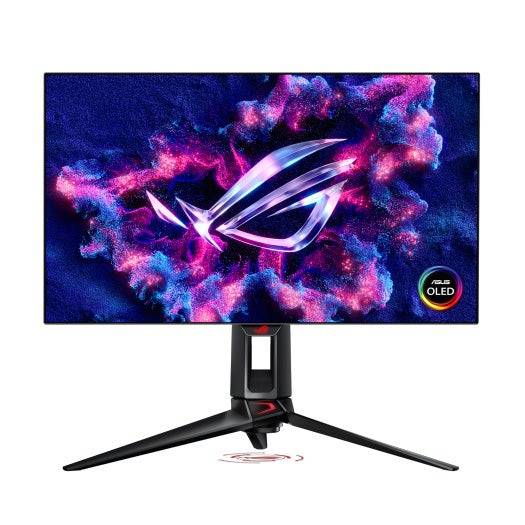 ### Asus ROG Swift PG27AQDP
### Asus ROG Swift PG27AQDP
0This monitor is a top choice for competitive gamers, offering all the features you need.
See it at Newegg
Product Specifications
Screen size: 26.5"
Aspect ratio: 16:9
Resolution: 2,560 x 1,440
Panel type: OLED, FreeSync Premium
Brightness: 1,300 cd/m²
Refresh rate: 480Hz
Response time: 0.03ms
Inputs: 2 x HDMI 2.1, 1 x DisplayPort 1.4, 2 x USB 3.2
For 1440p gaming, the Asus ROG Swift PG27AQDP is unmatched. It offers an incredible 480Hz refresh rate for class-leading motion clarity and great pixel density, ensuring you never miss crucial details in competitive matches.
While it's a premium-priced monitor, it delivers top-tier performance. The WOLED panel reaches 1,300 nits in highlights and looks fantastic even in SDR mode. Its colors are rich, though not as accurate out-of-the-box as QD-OLED counterparts, making it suitable for content creation as well.
It's also an excellent choice for gaming consoles, featuring two HDMI 2.1 ports for running PS5 and Xbox Series X at their maximum 240Hz refresh rate, enhancing clarity and immersion.
AOC Agon Pro AG456UCZD – Photos
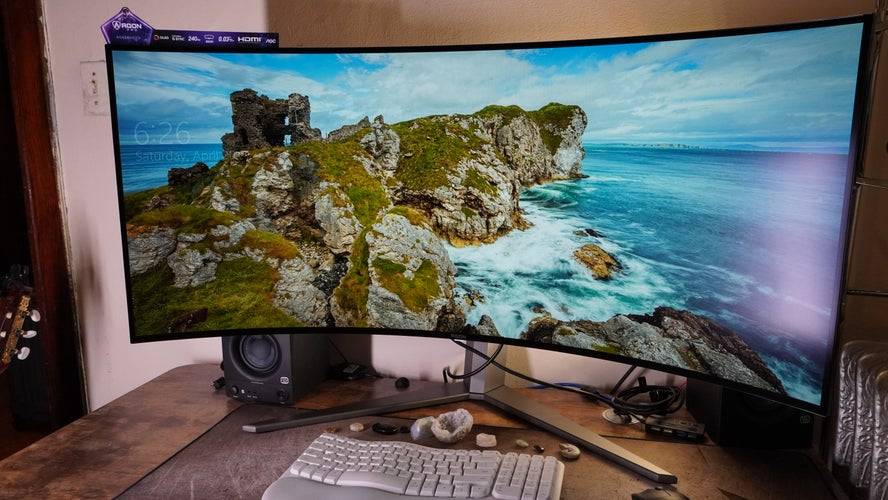
 7 Images
7 Images



5. AOC Agon Pro AG456UCZD
Best Ultrawide FreeSync Monitor
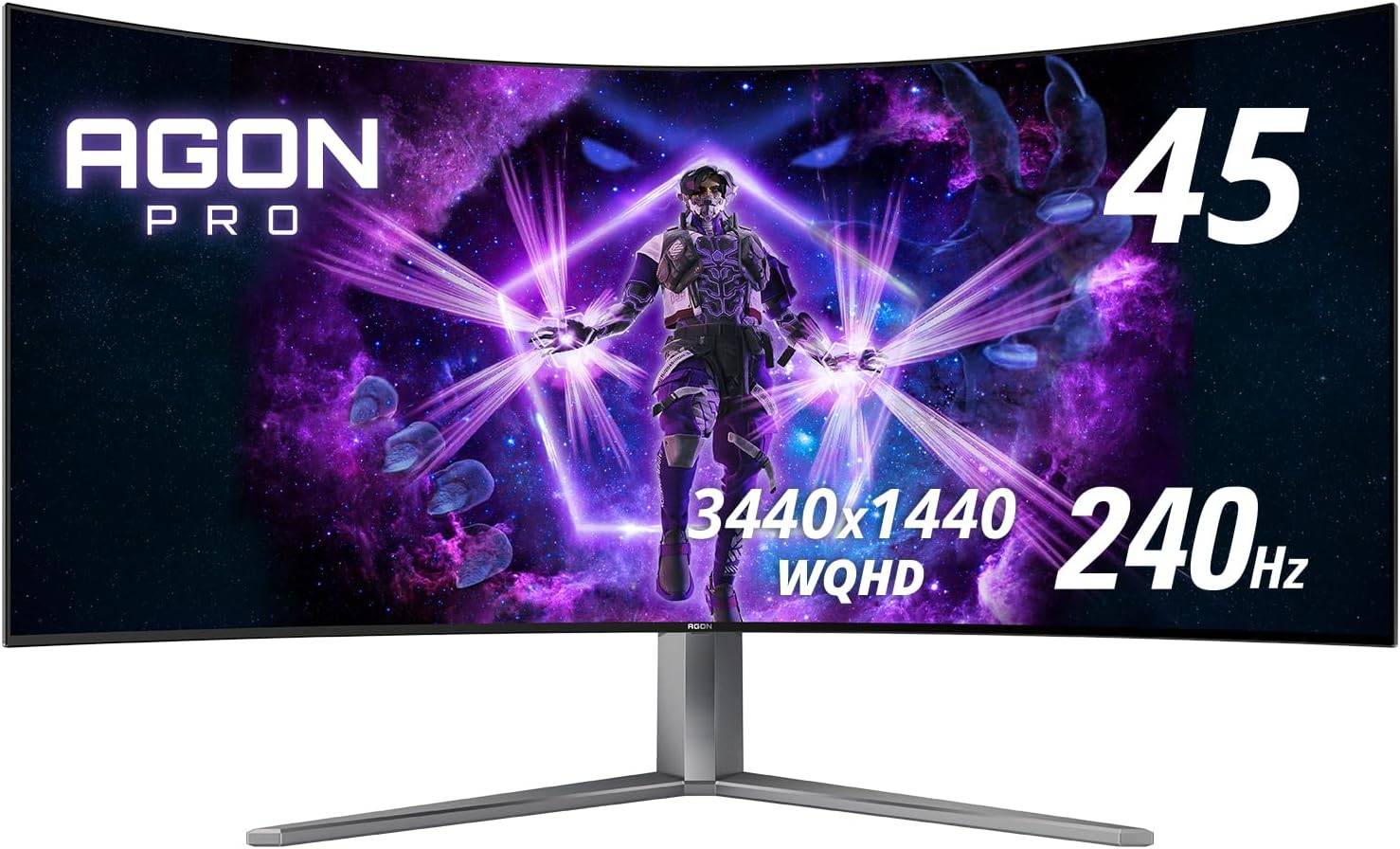 ### AOC Agon Pro AG456UCZD
### AOC Agon Pro AG456UCZD
0This high-end OLED ultrawide monitor brings your PC games to life.
See it at Amazon
Product Specifications
Screen size: 44.5"
Aspect ratio: 21:9
Resolution: 3,440 x 1,440
Panel type: OLED
HDR compatibility: HDR 10
Brightness: 1,000 cd/m²
Refresh rate: 240Hz
Response time: 0.03ms
Inputs: 2 x HDMI 2.0, 1 x DisplayPort 1.4, 1 x USB-C (DisplayPort mode), 4 x USB-A, 1 x USB-B
PROS
- Stunning picture
- Ultrawide resolution
- Massive size
CONS
- Color accuracy could be better
The AOC Agon Pro AG456UCZD is a standout ultrawide FreeSync monitor. At 45 inches with a 21:9 aspect ratio, it becomes the centerpiece of your gaming setup. Its OLED panel is fast and vibrant, reaching 1,000 nits in HDR and boasting a 240Hz refresh rate with a native 0.03ms response time for pristine clarity during rapid motion.
While its size may not suit everyone, it's perfect for gamers needing extra screen real estate. The AG456UCZD offers more usable space than competing FreeSync monitors and enhances immersion with its deep 800R curve. However, this curve may affect text clarity, so consider a shallower curve for productivity tasks.
What to Look for in a FreeSync Gaming Monitor
FreeSync is AMD's branding for its variable refresh rate (VRR) technology, built on the VESA Adaptive-Sync protocol within the DisplayPort 1.2a spec. With a FreeSync monitor, you'll enjoy variable refresh rates with modern AMD graphics cards. If you're using an Nvidia graphics card or another video source like a console via HDMI, the monitor will function as a standard display.
FreeSync comes in multiple tiers: standard AMD FreeSync, FreeSync Premium, and FreeSync Premium Pro. Each level offers enhanced features and performance:
**AMD FreeSync:**
- Guarantees variable refresh rate technology to eliminate screen tearing and low frame rate compensation.
**AMD FreeSync Premium:**
- Similar to the standard tier but guarantees a minimum refresh rate of at least 120Hz.
**AMD FreeSync Premium Pro:**
- The highest tier, adding HDR performance to the feature list. Monitors with this certification meet AMD's quality standards for HDR gaming and video experiences.
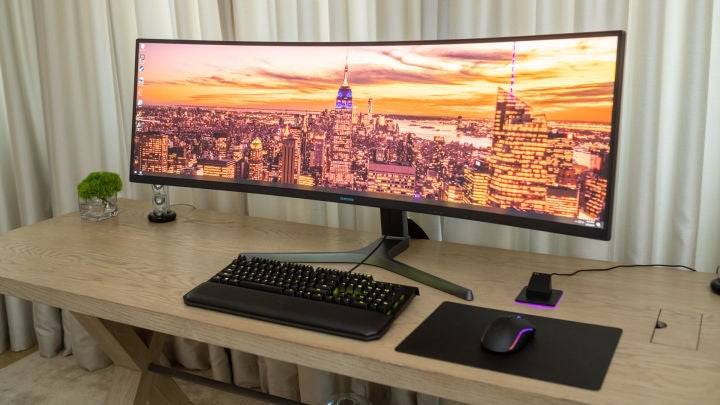
FreeSync Gaming Monitor FAQ
What is VRR?
A standard monitor operates at a fixed refresh rate, which is the frequency at which it updates the screen. Your graphics card renders a frame, then waits for the monitor's next refresh to display it. This can cause the game's frame rate to jump between multiples of the monitor's refresh rate, leading to potential stuttering or tearing if vsync is disabled.
VRR technology, such as G-Sync or FreeSync, allows the monitor to refresh whenever the graphics card finishes rendering a frame. This means if your game runs at 52fps, the monitor will refresh at 52Hz, eliminating screen tearing and ensuring you see the frame rate your graphics card is capable of.
There are two main VRR technologies: G-Sync, which is Nvidia's proprietary technology and works only with Nvidia GPUs, and FreeSync, AMD's technology that works with AMD GPUs. G-Sync requires additional hardware, increasing monitor costs but ensuring consistent quality, while FreeSync is typically cheaper but may have less consistent quality control.
What's the difference between G-Sync and FreeSync?
Both G-Sync and FreeSync aim to synchronize the display's refresh rate with the frame rate of your gaming device. They use the VESA Adaptive-Sync standard, and most FreeSync displays can work as G-Sync-compatible, and vice versa. The main difference is that G-Sync and G-Sync Ultimate monitors require additional hardware, work only with Nvidia GPUs, and handle adaptive sync across the entire refresh rate range, which can make them more expensive.
What is Low Framerate Compensation?
Low Framerate Compensation (LFC) is a feature in AMD FreeSync monitors that duplicates frames when the frame rate drops, ensuring smooth gameplay without hitching. Unlike Nvidia's frame generation, LFC does not create new frames but simply doubles existing ones. The effectiveness of LFC depends on the monitor's specifications, so it's crucial to check if your setup will benefit from this feature.
When are FreeSync monitors on sale?
The best times to find discounts on FreeSync monitors are during Amazon Prime Day, Black Friday, and Cyber Monday. Additionally, back-to-school sales at the end of summer and post-holiday clearances in early January offer great opportunities for gamers to snag deals.

 Latest Downloads
Latest Downloads
 Downlaod
Downlaod




 Top News
Top News





